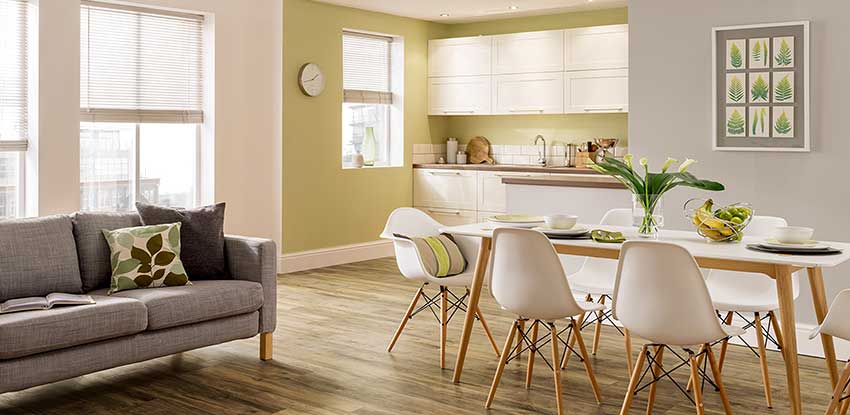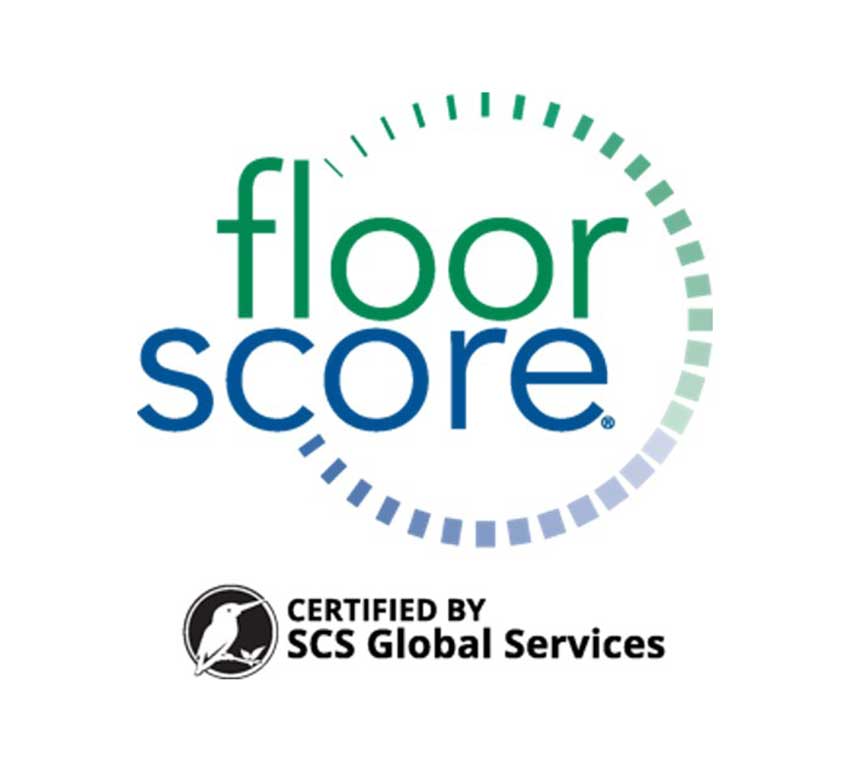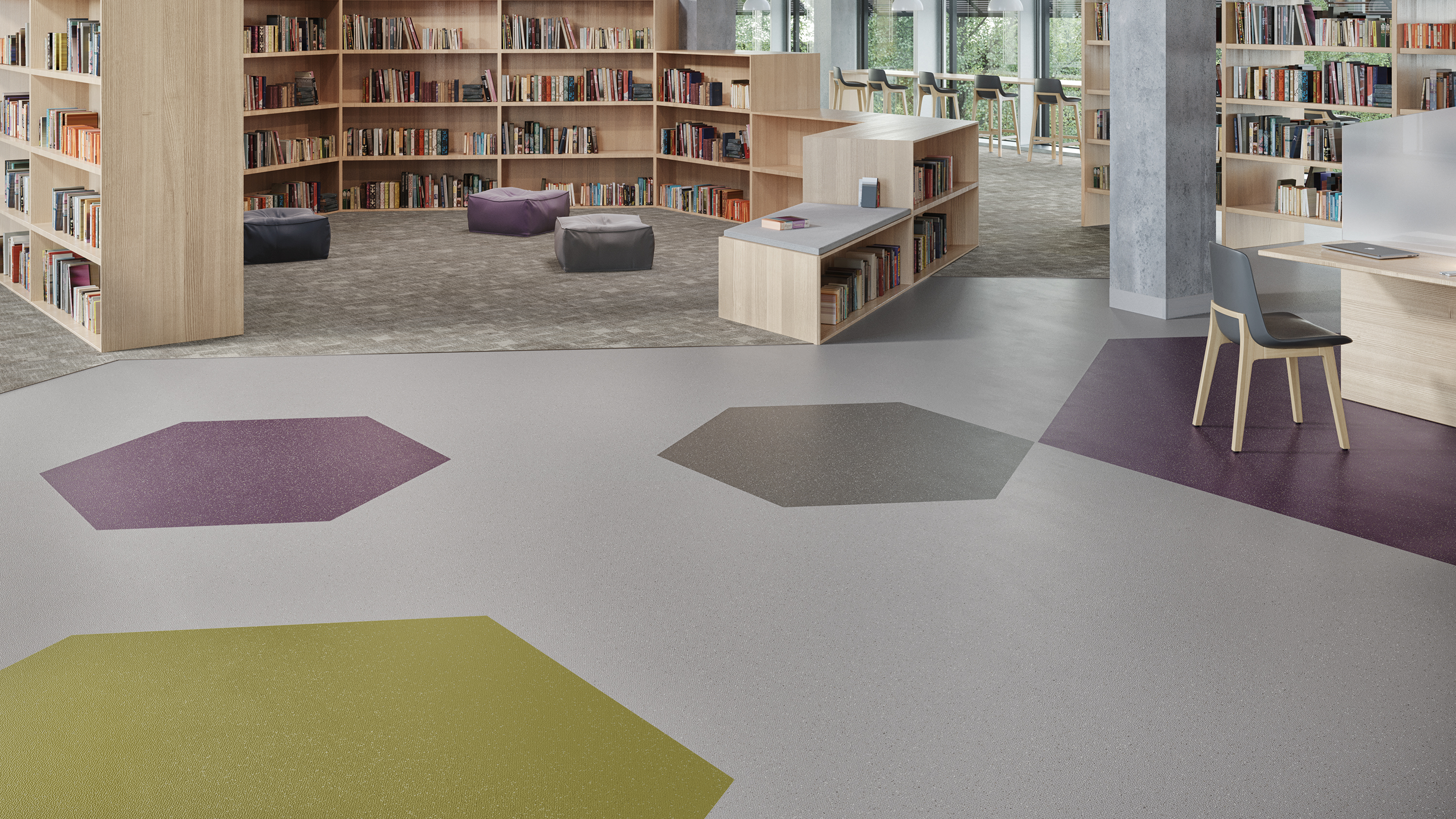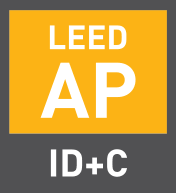Resilient Flooring-Certified!
Learning Objectives:
- Identify product ecolabels and declarations that are included within the resilient flooring product category.
- Discuss the importance of third-party verified product certifications and declarations.
- Identify usable data provided within certifications and ecolabels to make informed sustainable product selections.
- Find products and create a project on the ecomedes material database that supports documentation required for LEED v4.1 BD+C/ID+C and Green Globes building rating systems.
Credits:
This course is approved as a Structured Course
This course can be self-reported to the AANB, as per their CE Guidelines
Approved for structured learning
Approved for Core Learning
This course can be self-reported to the NLAA
Course may qualify for Learning Hours with NWTAA
Course eligible for OAA Learning Hours
This course is approved as a core course
This course can be self-reported for Learning Units to the Architectural Institute of British Columbia

Photo courtesy of American Biltrite
AB Pure Rubber Flooring: Healthcare Application
SUSTAINABLE CERTIFICATIONS AND DECLARATIONS
Sustainable certifications and declarations are not all the same. Some are focused on a specific criterion, such as volatile organic compounds that impact the air that occupants breathe within the indoor environment. Whereas others contain multiple attributes within their criteria, including environmental impacts, health and wellness impacts, and social impacts. The latter are often called multi-attribute or multiple-attribute certifications and are often developed utilizing an ANSI consensus process. This process is based on various stakeholders, typically including product manufacturers, product users and/or specifiers, and third-party stakeholders, such as government and academic representation.
Some also have a human health review component. The goal is to include stakeholders that would be part of a product life cycle, from raw material to the completed manufacture of a finished product, to establish balanced criteria for compliance.
There are also standards developed that include criteria for entire buildings across their full life cycle, such as ANSI/ASHRAE/ICC/USGBC/IES Standard 189.1. Various industries are included in the development of this building standard that powers the International Green Construction Code® (IgCC), including but not limited to product associations, architects, engineers, government representatives, regulators, academic representatives, researchers, and facility managers. The goal is to provide a balance of stakeholder input and build a consensus for the included requirements within the building code.
Resilient Flooring Certifications and Declarations
There are three primary resilient flooring certifications that are widely recognized. Each is based on a standard that was developed to address various sustainable attributes of resilient flooring products. As an industry, the Resilient Floor Covering Institute (RFCI) has also completed Industry Wide Environmental Product Declarations (EPDs).
FloorScore® Certification
FloorScore® is the most recognized indoor air quality (IAQ) certification standard for resilient flooring materials, adhesives, and underlayments. The standard was developed by SCS Global Services with the Resilient Floor Covering Institute entitled Indoor Air Quality Product Performance Standard for Building Interiors – SCS-EC10.3.2014 V4.1 March 2022.

Photo courtesy of SCS Global Services and RFCI
FloorScore® Certification: www.scsglobalservices.com/services/floorscore.
Volatile organic compounds or VOCs is the primary term relevant in understanding IAQ requirements in standards criteria. Per the US Environmental Protection Agency VOCs are compounds that have a high vapor pressure and low water solubility and include a variety of chemicals, some of which may have short- and long-term adverse health effects. VOC content provides the amount of volatile organic compounds in a substance, whereas VOC emissions are measured based on a number of specific volatile organic compounds that a product emits.
For building rating systems, such as LEED v4.1 BD+C and ID+C and Green Globes – New Construction (NC), limits are applied to both content as applicable to adhesives, paints, sealers, etc., and emissions based on testing of products, such as flooring and adhesives.
For VOC emissions, resilient flooring and adhesives have to be tested according to the California Department of Public Health (CDPH) Standard Method for the Testing and Evaluation of Volatile Organic Chemical Emissions from Indoor Sources using Environmental Chambers v1.2-2017, shortened to CDPH Standard Method v1.2-2017 for easier reference. There are two model scenarios used in the testing method – products tested in schools and classrooms and all others, which must use the private office scenario outlined in CDPH Standard Method v1.2. In addition, content limits for adhesives follow the regulation, South Coast Air Quality Management District (SCAQMD) Rule 1168 required by building rating systems and provided in the standard for a product to be FloorScore® certified.
Targeted VOC limits are established using a list of chemicals from the California Environmental Protection Agency’s Office of Environmental Health Hazard Assessment (OEHHA). The Chronic Reference Exposure Levels (CRELs) are inhalation concentrations to which the general population, including sensitive individuals, may be exposed for long periods of time without the likelihood of serious adverse systemic effects. The VOCs and allowable concentrations included in building rating systems and FloorScore® certified products are found in Table 4-1 of the CDPH Standard Method v1.2-2017.
FloorScore® certified products can contribute to specific credits for compliance with LEED v4.1 BD+C and ID+C – Indoor Environmental Quality Section – Low Emitting Materials Credit. The criteria include at least 90% of all flooring, by cost or surface area, is required to meet the VOC emissions requirements. At least 75% of all adhesives, by volume or surface area, meet the VOC emissions evaluation and 100% meet the VOC content evaluation.

Photo courtesy of HMTX: Teknoflor
Example of FloorScore® Certified Product: Holly Hill Hospital, Raleigh, N.C.

Photo courtesy of Tarkett
Educational Flooring Solution: FloorScore® Certified.


















